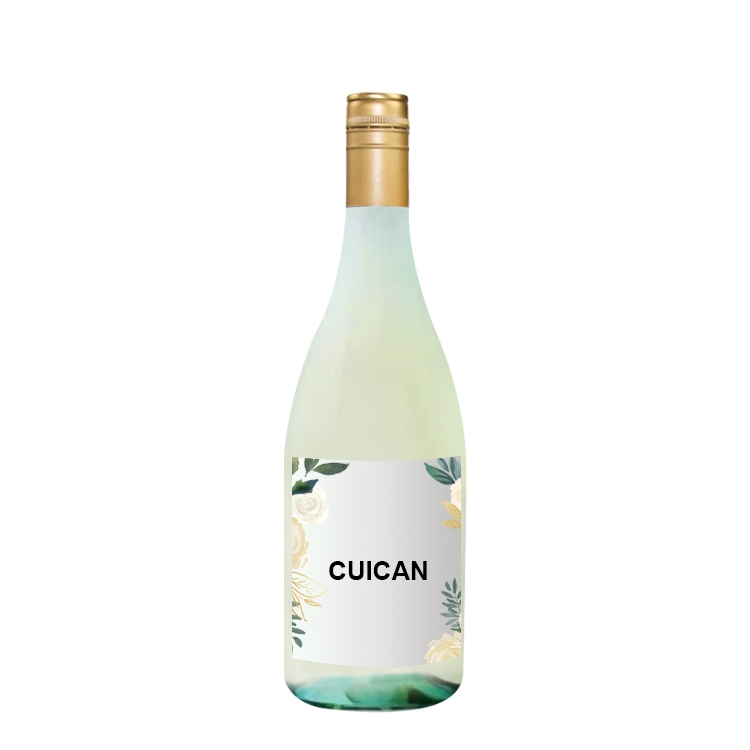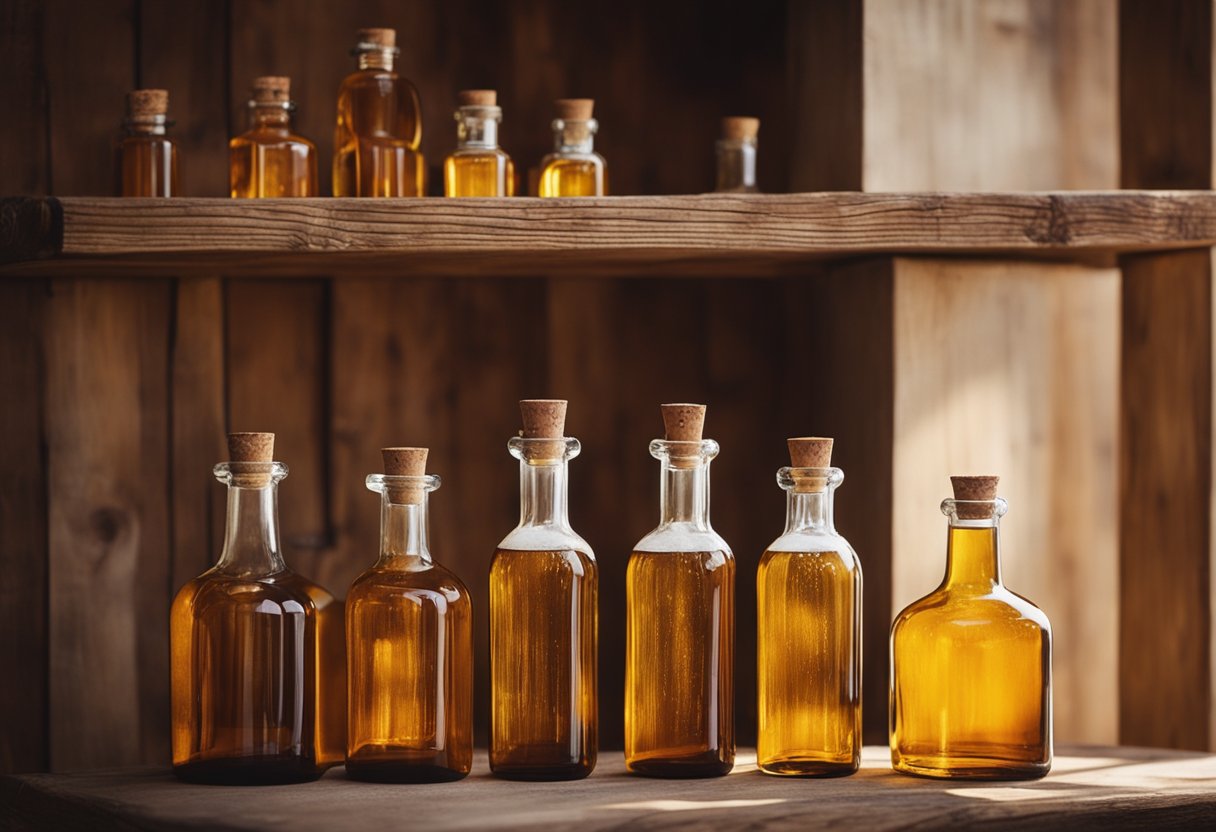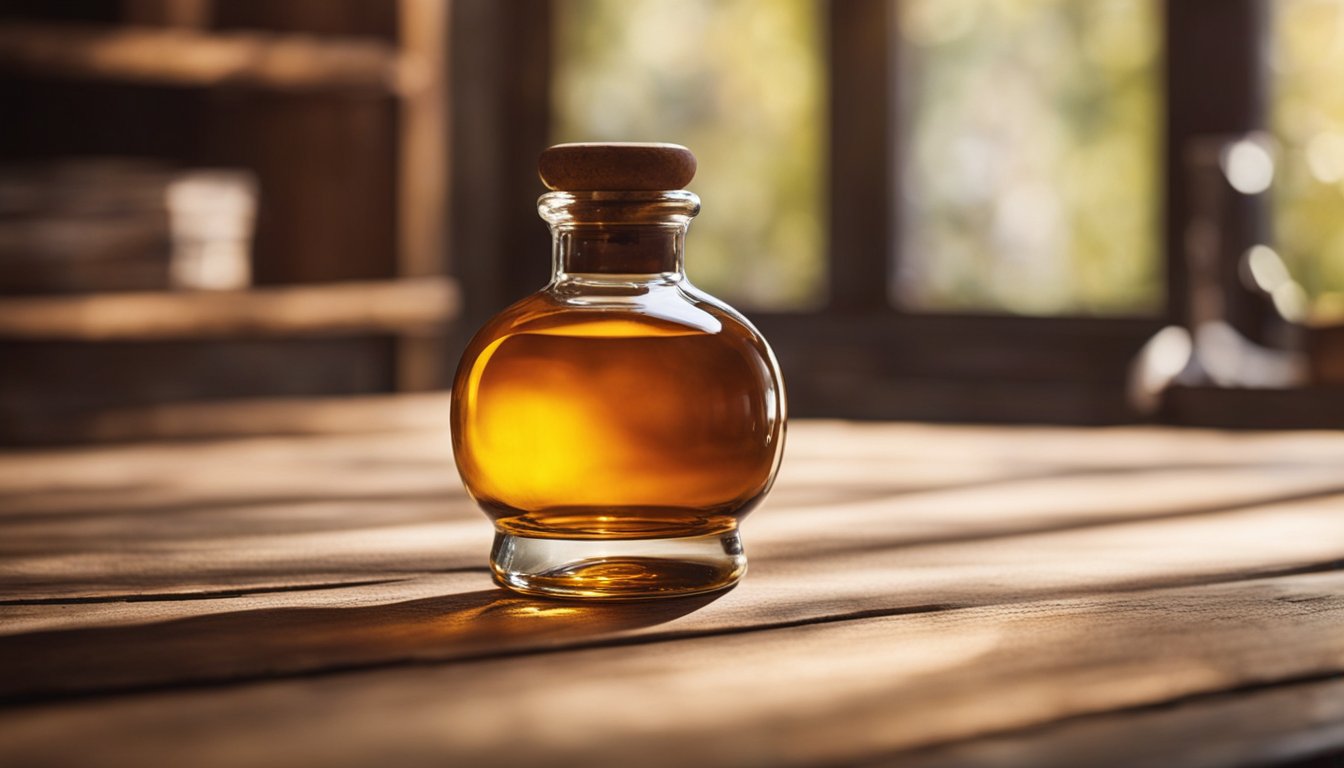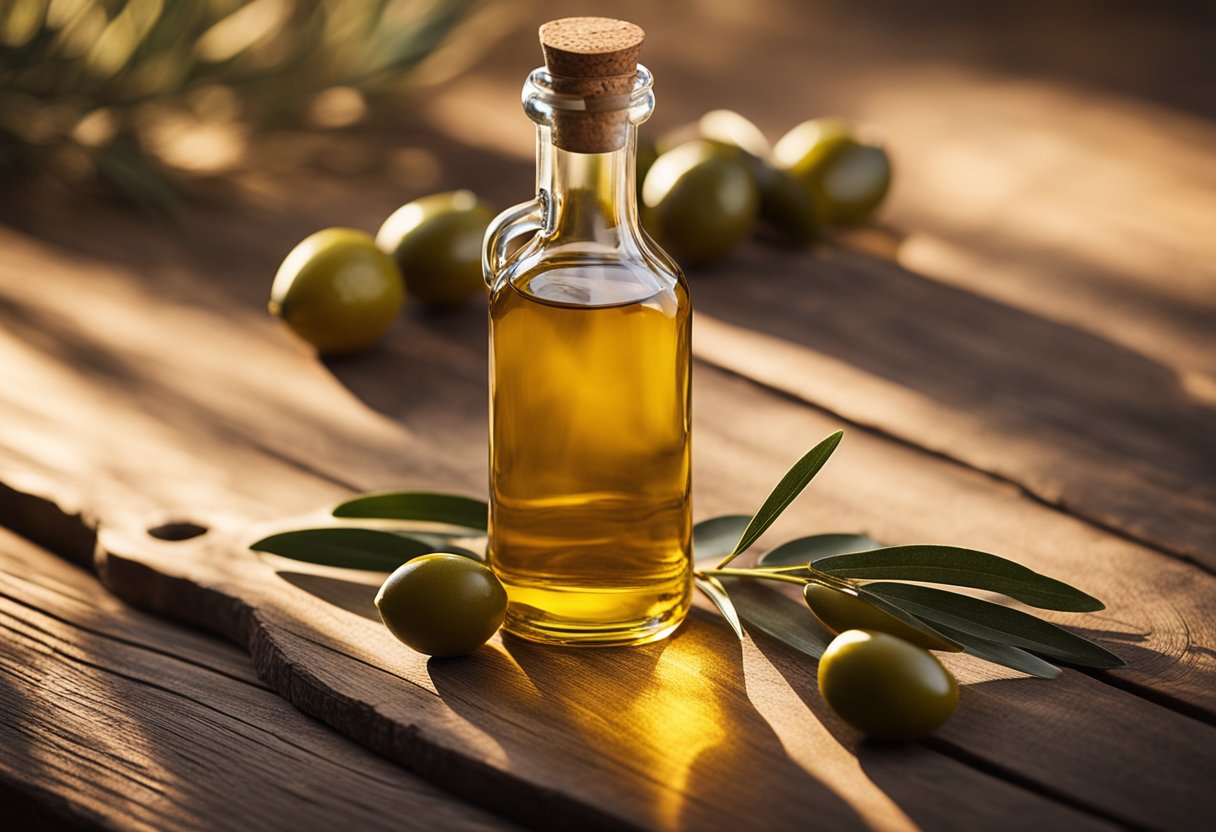What Is The Frosted Wine Drink Glass Bottle?
The frosted wine drink glass bottle is made by using the matte process to add a frosted layer onto the surface of the original glass bottle. It has many advantages such as good visual effects and easy handling. The matte process can also be used to make different kinds of bottles with different shapes and sizes. What’s more, it is easy to clean up and maintain hygiene during use.
The Frosted Wine Drink Glass Bottle is a unique, custom-made bottle made from premium glass. The glass bottle is frosted and has a matte finish. This bottle makes it easy to display your wine, beer, or any other beverage at home or in your restaurant.
The bottle can hold 750 ml of liquid, making it perfect for smaller portions of wine. It also comes with a screw cap to ensure that your wine stays fresh and flavorful. This glass bottle is available in many different shapes and sizes so that you can find the right one for your needs whether it’s for personal use or commercial use.
What is the Matte process?
The matte process uses natural gas or other organic solvents as raw materials to produce a stable dispersion liquid that can be sprayed onto any smooth substrate (such as metal or plastic) through a spray gun. After spraying on the substrate, it dries quickly at room temperature or with heat treatment (at 80-100 ℃). When the solvent evaporates completely after drying, it leaves behind a thin layer on the surface of the substrate.
The Parameters Of The Frosted Wine Drink Glass Bottle:
For many wineries, the bottles used to store wine are very important. Therefore, they are always very interested in the technical parameters of the bottle. However, many times, those abstract parameters are difficult to understand. The following will explain these parameters to you in simple sentences, and examples(CUICAN’s frosted wine drink glass bottle) will be attached.

Anti-thermal shock degree: ≥ 41 degrees
The anti-thermal shock degree is a very important parameter for bottles. If the anti-thermal shock degree is too low, then the bottle will easily be broken after it has been cooled or heated. This will make the product hard to sell, and it may even cause serious accidents.
On the other hand, if the anti-thermal shock degree is too high, then it will be difficult to transport these kinds of bottles. Therefore, manufacturers must pay attention to this parameter when making bottles. According to CUICAN’s experience in producing bottles for many wineries, we have found that an anti-thermal shock degree of 41 degrees is optimal for most wineries’ needs.
Internal-stress(Grade): ≤ Grade 4
The internal stress is the strength of the bottle and its impact resistance. When it reaches its breaking point, there will be no air bubbles inside or outside it, so it has very good impact resistance. In other words, as long as it falls from a certain height on the ground without being hit by something hard, it will not break into pieces like glass or other materials would do so easily. Grade 4 of CUICAN is just about right.
Thermal Tolerance: 120 degrees
This means that if we put our hand into boiling water for one minute (120 degrees Celsius), this wine bottle can still be used normally afterward without any problem.
Anti Shock: ≥ 0.7
The anti-shock value indicates how many times an object can be dropped from 1m high without breaking or chipping on its surface (in most cases). For example, 0.7 has a higher anti-shock value than 0.5. If a bottle has an anti-shock degree of 0.7 or more, it can withstand external impacts without breaking.
As and Pb content: standards-compliant
This parameter refers to the level of arsenic and lead contained in the glass material. It should not exceed 0.005% of arsenic or 0.01% of lead based on each kilogram of glass material used during production. The standard is strictly enforced by government agencies around the world. It is necessary to ensure that the glass material does not contain toxic elements that could harm humans when they consume wine from it.
Pathogenic Bacterium: Negative
The most common pathogenic bacterium found in wine bottles is Bacillus cereus (Bacillus cereus) which can cause food poisoning if ingested by humans at high levels (greater than 107 CFU/g). The goal of this parameter is to ensure that there are no viable pathogens left behind after cleaning and sanitizing procedures have been performed on your bottle manufacturer’s line.
Which Is More Scratch-Resistant, A Frosted Glass Bottle Or A Smooth One?
Frosted bottles are more scratch-resistant:
Frosted bottles are more scratch-resistant than smooth glass bottles. The difference is caused by the surface of the glass. A smooth glass bottle is made from a single piece of glass with no grooves or indentations. A frosted bottle has grooves and indentations on its surface, which creates a textured effect that makes it look unique.
The frosting is the process of applying a thin layer of oxide to the outside of the bottle. It makes the surface look cloudy and slightly opaque. This gives it an appearance similar to that of ice crystals — hence the name “frosted.”
The frosting is typically applied using an abrasive grit or sandpaper to scratch up the surface of the material before applying heat through an oven or kiln. The heat hardens the top layer of glass so that it becomes more resistant to scratches and wear over time. This also allows for better cleaning and sanitation after use because any dirt or bacteria trapped inside can’t hide from exposure under this top layer of protection.
Easy to handle:
Moreover, when you’re handling your wine, you’re more likely to drop it if it’s not covered in scratches. The grooves on the surface provide extra protection so that your wine doesn’t break when you accidentally drop it on the floor or table.
A smooth bottle could break if dropped during transport because there are no protective grooves or indentations on its surface. If you want to avoid damaging your wine while transporting it, choose a frosted glass beverage bottle instead of one without these features.
Frosted Wine Beverage Glass Bottles Make Wines Look Unique:
Frosted Wine Beverage Glass Bottles make wines look unique. They are perfect for wine bars, wine cafes, or even your own home. The frosted glass bottle will add a touch of elegance to your living room or dining table.
Make your wine stand out on the shelf:
You can also use these designs to increase sales of your products by making them look more exciting. People will be attracted by this kind of design and will want to buy your wines just because they look unique and eye-catching. This way you will be able to increase sales and also create brand awareness among people who don’t know about you yet but might become potential customers later on if they like what they see with these bottles the first time around.
Protect your product:
Besides making your product more attractive, it also protects your wine better. The frosted glass is also used by wineries because it protects the contents from sunlight and UV rays, which can affect the taste of wine over time.
Various Personalized Designs Make Your Wine Bottle More Unique:
You can add your logo to the glass bottle, which makes it more unique. You can also use different colors to make the glass bottle look more attractive and eye-catching.
Surface treatment technology is one of the most important methods for making a glass bottle look unique and outstanding. Surface treatment technology can be divided into two types: digital printing and sandblasting.
Digital printing is a kind of printing method that uses a digital printer to print on the surface of glass products, while sandblasting is a kind of processing method that uses abrasive materials such as sand or stone powder to wear down the surface of soft materials, thus forming patterns on them. The process has no limits, so you can customize any shape or pattern according to your needs, so long as you have enough imagination.
In addition to the matte process, you can also choose the following other Surface treatment technology in CUICAN:
- Decals And Transfers.
- Etching.
- Hot Stamping.
- Crackle Finish.
- Screen Printing.
- Painting And Plating.













